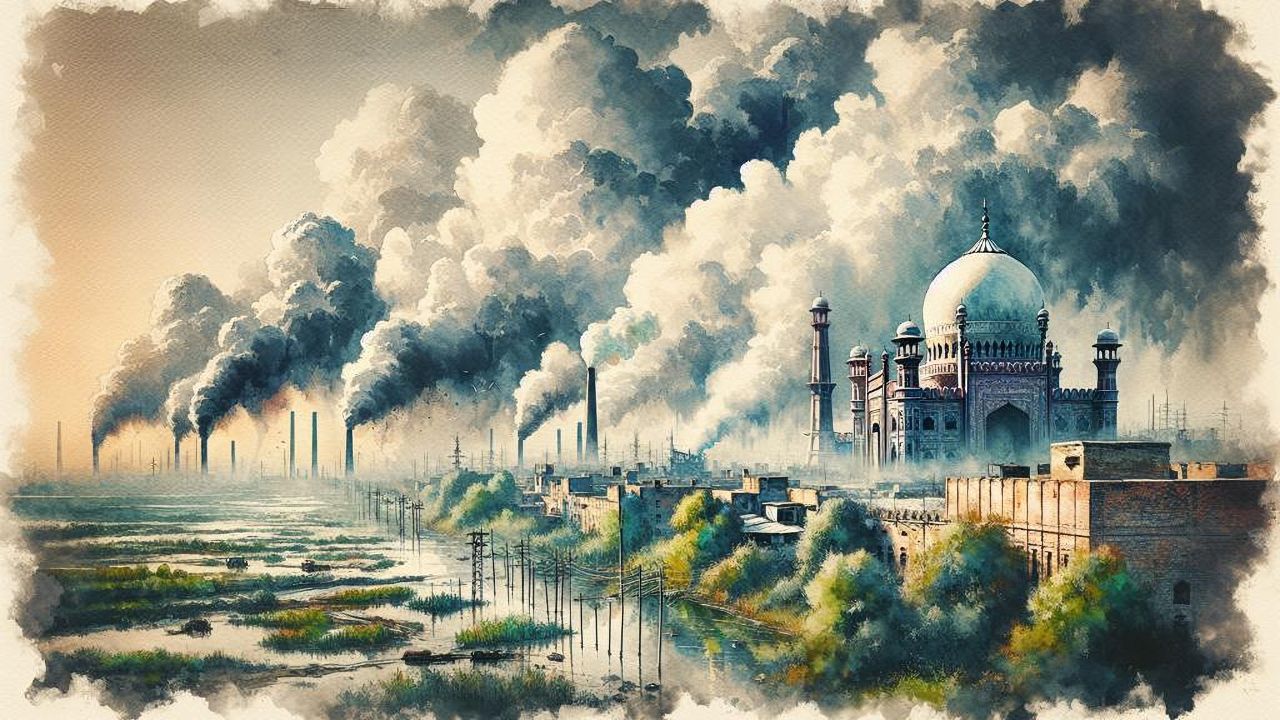
A tighter government leash on digital content
The TLDR: In one fell swoop, the government has moved all kinds of online content under the purview of the Information & Broadcasting ministry. This has serious implications for all forms of streaming platforms like Netflix—and for digital news sites (Full disclosure: including splainer). It is clear that there will be greater regulation of their content. Still unclear: the form of control and to what extent.
Yikes, what’s this new rule?
It’s not a rule as much as a shift of control issued by a notification signed by President Kovind. It moves all digital content under the oversight of the Union Ministry of Information and Broadcasting. This includes:
- “Films and Audio-Visual programmes made available by online content providers”—i.e. Netflix, Amazon Prime, Hotstar etc.
- “News and current affairs content on online platforms”—i.e. Scroll, The Wire, The News Minute, and yes, splainer.
Not included: User-generated content on social media platforms like Facebook and Twitter.
Point to note: Until now, news content was regulated by the Information Technology Act which had fairly tight restrictions—allowing the government to block, filter and take down content online (and, of course, shut down internet access entirely). And over-the-top (OTT) streaming platforms were under the purview of the Ministry of Electronics and Information Technology.
What does this mean?
For Netflix et al: The one-page notice doesn’t make it clear what an I&B ministry will do next. But this is how it has dealt with their offline counterparts:
- Until now, these companies have been free to offer content from around the world—which is not subject to rules that apply to either Indian TV series or movies released in theatres.
- The Central Board of Film Certification has to approve all movies created by the movie industry for release.
- Television entertainment is governed by the Broadcasting Content Complaints Council, which however is independent and self-regulatory.
- So it could be that every original movie or series on these platforms would have to seek a certificate like movie producers. Or there could be a self-regulating body as with TV.
- OTOH, the lobbying group which represents these platforms has proposed a self-regulatory code and the creation of a similar organisation, Digital Curated Content Complaints Council. It was rejected by the government as inadequate.
The fallout: There may be greater censorship of content that is violent, sexually explicit or offends certain communities. A lot of what you watch on Amazon or Netflix would not be allowed in theatres today. And it opens the door to the same kind of drama that we’ve seen around movies like ‘Padmaavat.’ As The Guardian notes:
“Shows created for these streaming platforms, such as Paatal Lok, Sacred Games, Leila and Rasbhari, have consequently not had to conform to the same restrictive standards as traditional media, and have addressed sex, sexual violence, homophobia and caste inequalities, as well as politically sensitive subjects such as Hindu nationalism and the persecution of Muslims.”
Point to note: Religious rightwing groups have been pushing hard for greater regulation. Earlier this year, the Vishwa Hindu Parishad complained bitterly to Netflix, naming five movies and web series—‘Leila’, ‘Ghoul’, ‘Chippa’, ‘Sacred Games’ and ‘Krishna & His Leela’—offended Hindu sentiments.
Fact to consider: Films have to get a certificate because they are offered in movie theatres. As one legal expert points out:
“One key differentiator of the digital medium is the lack of public exhibition of content; rather, there is a pull factor wherein the consumer decides what content he or she wants to consume, at what time and after paying a transaction value.”
In other words, should the government really be in the business of deciding what you watch in the privacy of your home?
Ugh, and what about news sites?
Again, we don’t know yet, but here are two important clues.
One: The government has long been insisting that digital news is the primary source of fake news—and must be reined in. Most recently, it laid out its argument in a Supreme Court case that involved a television channel, Sudarshan TV—which aired an inflammatory news programme alleging Muslim jihadists were trying to infiltrate the civil services. In its affidavit, the government instead aimed its guns at digital media—which it insisted must be regulated first as it is far more damaging:
“It is the need of the hour that the court start first with ‘web-based digital media’ which includes ‘web magazines’ and ‘web-based news channels’ and ‘web-based newspapers’. They not only have a very wide reach but are completely uncontrolled.”
Two: Offline media is currently governed by two separate bodies. Print media falls under the Press Council of India, which is a quasi-judicial authority. Television news is governed by the News Broadcasting Standards Authority—but can be penalized by the I&B Ministry for violations under the Cable Television Network (Regulation) Act.
But in July, the I&B ministry released a draft of something called the Registration of Press and Periodicals Bill. And it included a special provision for digital media:
“The Bill introduces the requirement for the registration of ‘news on digital media’... The definition of ‘news on digital media’ in the Bill appears to be incredibly expansive… More importantly, requiring the mandatory registration of all news on digital mediums undermines the ability of the internet to democratise information by erecting barriers to the freedom of publication, especially given that the terms associated with this registration are not laid out in the Bill.”
Point to note: Once digital news sites have to be “registered,” the government can set whatever criteria it wants—and cancel that registration at will.
The bottomline: 🤞🏾🤞🏾🤞🏾
Reading list
The Telegraph and The Guardian have the best overviews—and reactions from industry experts. Indian Express has an explainer on implications for streaming platforms. Also read Media Nama on the legal implications. A good read: The Wire on ongoing attempts to leash online media and platforms.








